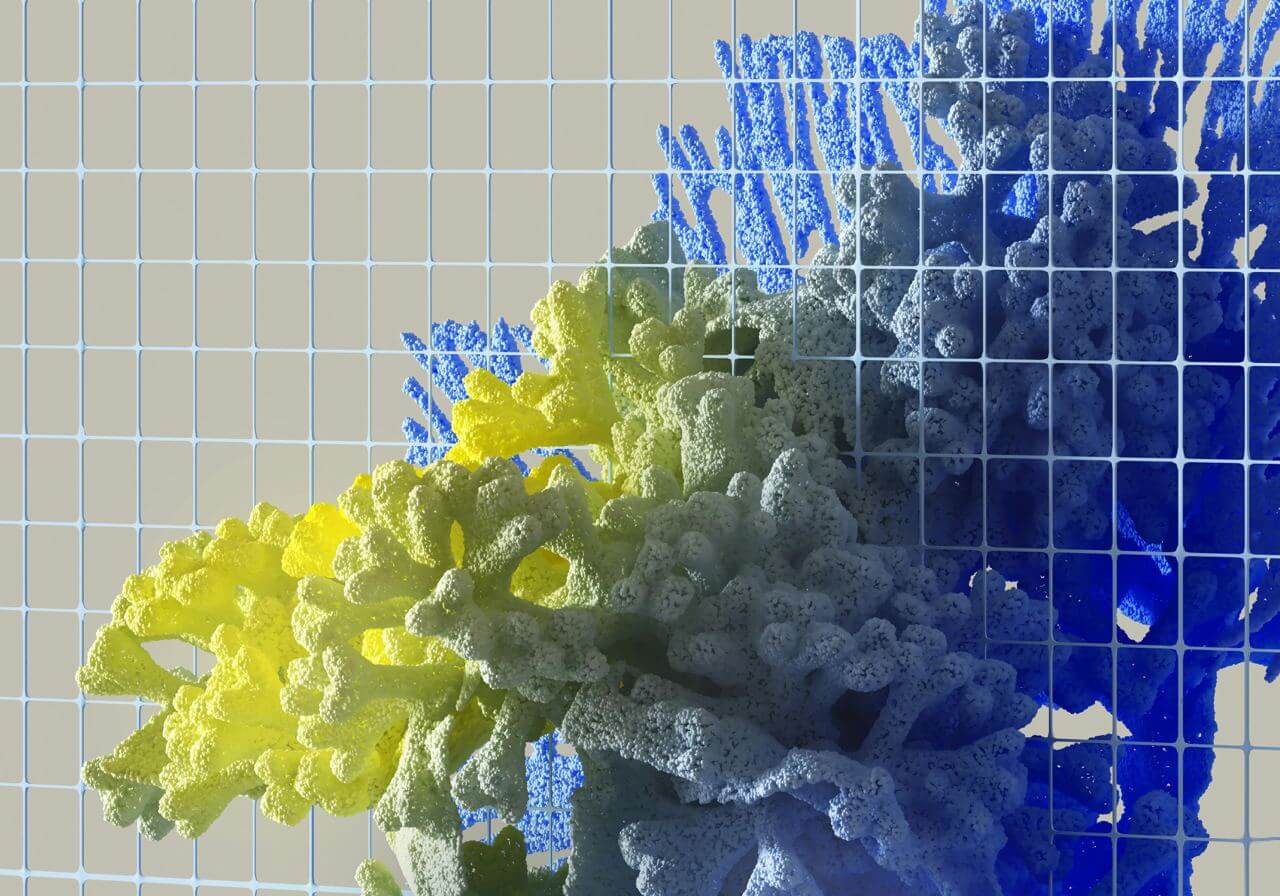Blog

In the ever-evolving digital landscape, 3D visualization techniques have become the linchpin for businesses aiming to captivate audiences and elevate their online presence. As we explore the realm of visual innovation, it’s crucial to understand the diverse tapestry of 3D Visualization Techniques, their applications, and the strategic nuances that amplify their impact.
What Are the Different 3D Visualization Techniques Used For?
The spectrum of 3D visualization techniques is as vast as the possibilities it unlocks. Photorealistic rendering, a cornerstone in this realm, seamlessly transforms static images into immersive, lifelike experiences. Architects and interior designers leverage this technique to provide clients with realistic previews of spaces, blurring the lines between imagination and reality.
Interactive 3D visualization emerges as a catalyst for heightened user engagement. Users now seek dynamic experiences, and businesses leveraging interactive 3D visualization gain a competitive edge. This technique is particularly instrumental in product showcases, allowing users to actively engage with and explore products virtually, forging a deeper connection.
Popular 3D Visualization Techniques
Among the myriad techniques, Augmented Reality (AR) integration stands tall, superimposing virtual elements onto the real world. This technique finds its stride in product visualization, enabling customers to preview products in their own spaces before making purchasing decisions. It’s a game-changer for businesses looking to bridge the gap between online and offline experiences, enhancing customer confidence and reducing returns.
Virtual Reality (VR) takes center stage in delivering immersive experiences. Whether exploring architectural designs or complex machinery, VR transports users to virtual realms where products come alive. As businesses seek innovative ways to connect with their audience, VR becomes an invaluable asset, transcending traditional boundaries.
3D Product Visualization
The heartbeat of visual storytelling lies in 3D product visualization. This technique injects life into products, transcending the limitations of traditional photography. Businesses across e-commerce, manufacturing, and marketing leverage the power of 3D product visualization to showcase their offerings with unmatched detail and realism. It’s a strategic move, ensuring that each product is presented in its best light, captivating audiences and driving conversion rates.
Tips for Optimal Implementation
In the pursuit of visual excellence, quality remains paramount. High-quality assets, embracing the nuances of texture, lighting, and scale, form the bedrock of impactful 3D visualization. Consistency across platforms ensures a uniform and immersive user experience, a key consideration for businesses navigating the digital landscape.
The art of storytelling through 3D visualization emerges as a powerful tool. By crafting narratives around products or spaces, businesses forge emotional connections with their audience. This strategic approach goes beyond showcasing products; it builds brand loyalty by creating memorable experiences.
Real-world Use Cases
The efficacy of 3D visualization techniques is not confined to theory; it manifests in tangible, real-world impact. In real estate, photorealistic rendering expedites decision-making processes, offering clients a lifelike preview of properties. For e-commerce entities, interactive 3D visualization significantly reduces return rates, as customers gain confidence through virtual product engagement.
As businesses navigate the dynamic landscape, the fusion of innovative 3D visualization techniques with real-world use cases defines success stories. It’s a testament to the transformative power of visual storytelling.
In Conclusion
As we celebrate the synergy of art and technology, businesses find themselves at the intersection of innovation and practicality. 3D visualization techniques, a kaleidoscope of visual possibilities, continue to redefine digital experiences. The journey is ongoing, marked by a commitment to pushing boundaries, embracing emerging trends, and ensuring that businesses seamlessly integrate the power of 3D visualization into their strategic narratives.






